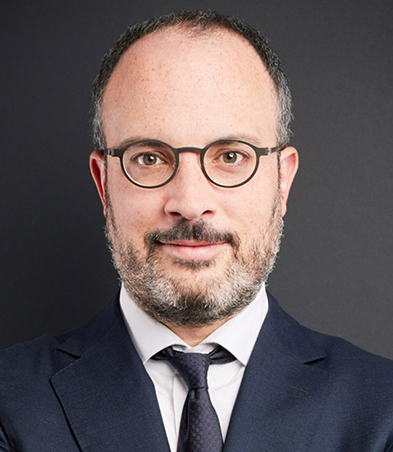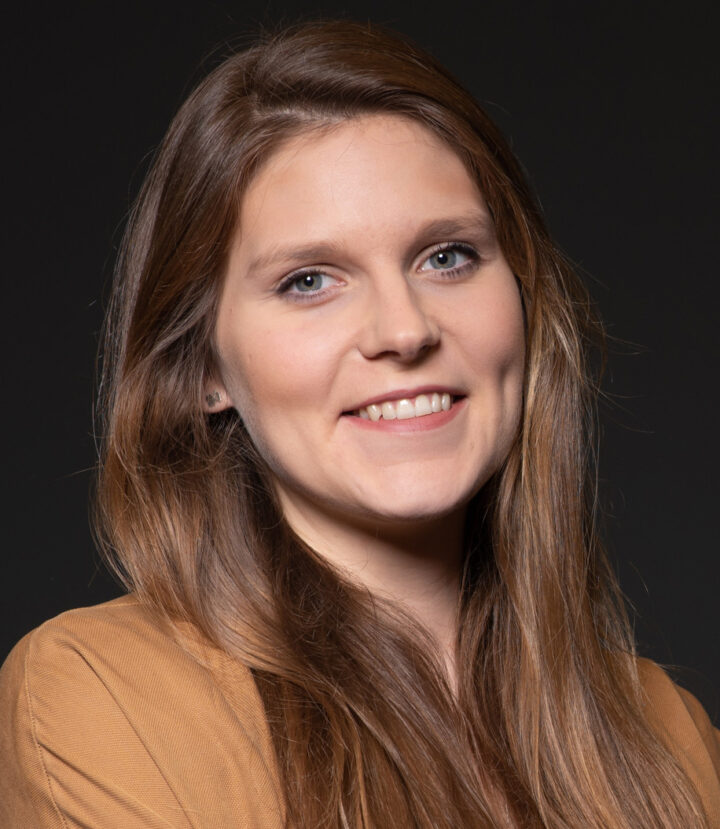
Interview with Rinske Willemsen, CEO of Clipit Media Monitoring, the Netherlands.
Hi Rinske, what is your background and what is included in your current role at Clipit?
After getting my master’s degrees in Business Communication and Business Administration, I have been working in the media & publishing business and marketing management for 18 years. Since 2013, I have been the CEO of Clipit in the Netherlands, a media-monitoring agency located at the university campus of Nijmegen.
What differs Clipit from other social media monitoring companies in the Netherlands?
Our aim is to unburden our customers in their goal to make media attention transparent. Therefore, we work closely with PR (and marketing) communication specialists from corporate organizations and PR agencies to make their work easier and more efficient. We are proud to announce that the service and support provided by our media analysts with specialist media intelligence knowledge has been awarded a 9 out of 10 rating by our customers.
What are your greatest challenges ahead at Clipit when it comes to serving your customer monitoring and analysis, and developing your offer?
This year we have expanded our portfolio with data-driven insights. Through a more commoditized media monitoring solution, we offer more in-depth analysis and insights to our customers. We have just started this new division, so our main challenge will be to integrate this new solution into the existing business and convince our customers to appreciate the value of (big) data.
Have you recently, or are you planning to, release any new technology-based solutions that will add to or improve services for your clients? If so, what solutions, and how will your customers benefit from them?
Clipit is a founding partner of NPSlab, which predicts the net promoter score (NPS) of an organization by combining traditional market research results with media monitoring data as input for an algorithm. NPSlab is a co-creation of market research agencies Etil and Clipit. Machine learning helped us discover a correlation between the results of questionnaires and big data from media monitoring analysis.
Combining the two can generate real time insight into the extent to which customers will recommend the organization and is an indicator of future returns. The resulting real-time NPS enables organizations to make adjustments right away to improve customer loyalty.
All clients have different levels of understanding how media can be analyzed; what is the most common misconception that your clients have?
That PR-value is a metric that registers how much you have earned on a campaign or in brand reputation. It’s not; it’s an indicator to compare different campaigns, periods or to benchmark several brands and learn from these comparisons in order to optimize your campaign or strategy.
With your experience in media intelligence, is there a specific mouthwatering case that you know of where media intelligence has really played a crucial role for a client? If so, what case was that?
We conducted media intelligence analysis for a very successful campaign for Bavaria (part of Swinkels Family Brewers’) #Carnavalvrij (day off for carnival). We integrated and analyzed all paid, earned and owned data streams and cooperated with all agencies involved. We measured to which extent the initial campaign goals were reached and we generated valuable figures and insights for the client and translated them into clear and applicable conclusions and recommendations, which the client will take into account for future campaigns. All analysis results were presented as a management summary in an online one-pager format.
When it comes to the actual data behind the media monitoring you do, what kind of data or media not currently used for monitoring can be interesting in the future?
We have noticed that PR and Communication departments often use media monitoring data only to a limited extent. However, once you understand the potential of combining monitoring data with other data streams, a wealth of possibilities opens up in terms of measuring the effect of your efforts on your business objectives.
We already offer and implement (real-time) dashboard solutions in which different data streams are linked, such as Google Analytics data, customer effectiveness, net promoter scores and sales figures. We help our customers with the interpretation of these different types of data and offer the correct insights.
Who is your dream client, what would you focus on, how would you like to work together, and what results would you aim for, in the best of worlds?
My BHAG (big hairy audacious goal) is to deliver overview as well as insights to every impactful brand all over the world, to be their consulting partner in branding strategy and reputation issues. The first step of realizing this dream is within the Netherlands.
You have been invited to speak at the FIBEP World Media Intelligence Congress on October 2nd in Copenhagen. What will be your topic?
I’m very delighted to be invited and within the theme ‘Communicating Media Intelligence,’ I will speak on the importance of data visualization in big, big data analysis.
How do you present such an amount of analysis results in a clear overview to the client? With the media intelligence evaluation of the successful Bavaria Carnival free campaign, we managed to cover the best insights and respond to the main question in an interactive one-pager format.
How do you think the media intelligence industry will change in the next 5 years, and what are the greatest challenges ahead?
Privacy laws will further restrict the availability of social media data; therefore, it will be challenging to offer more than an overview of media mentions. Delivering a combination of consultancy and insights is the greatest challenge for the next years.
By Renata Ilitsky


